Table of Contents
Are you interested in moving to a certain region of a different country as a permanent resident? If this describes your situation, you should consider applying for the Provincial Nominee Program (PNP). The Provincial Nominee Program (PNP) is an immigration program that enables provinces and territories to nominate persons who possess the knowledge and experience necessary to make a positive contribution to the economy of their respective region. This article will walk you through the process of applying for a Provincial Nominee Program by providing you with helpful insights and detailed instructions for each phase of the application process.
Understanding the Provincial Nominee Program
The Provincial Nominee Program is a type of immigration program in Canada that was developed in response to the distinct requirements of each province and territory in terms of the labour market. Because of this program, the provinces and territories have the authority to nominate potential residents for permanent residence if they feel the candidate meets the economic and demographic standards set forth by them.
Researching Eligibility Criteria
It is essential to do research on and have a solid understanding of the eligibility criteria established by the province you desire to immigrate to prior to submitting an application for the Provincial Nominee Program. Every province in Canada has its own distinct list of prerequisites, which may include age, level of education, years of relevant job experience, ability to communicate in a foreign language, and flexibility.
Choosing the Right Province
After you have become familiar with the requirements for eligibility, it is time to select the appropriate province for your immigration goals. Think about things like the work opportunities, the cost of living, the quality of life, and the community support services that are available. Conduct exhaustive research to discover which province offers the opportunities and conditions that are most aligned with your aims and desires.
Obtaining Provincial Nomination
In order to submit an application for the Provincial Nominee Program, you are required to receive a nomination from the province or territory that you have chosen in the first place. The first step in this process is to submit an application to the provincial government. In this application, you will need to provide evidence of your eligibility, abilities, and purpose to settle in that particular province.
Submitting the Application to the Federal Government
You will be required to submit an application for permanent residency to the federal government through Immigration, Refugees, and Citizenship Canada (IRCC) once you have been nominated by the province. This application entails the completion of a variety of forms, as well as the submission of supporting documents and payments. It is of the utmost importance to make certain that all of the information provided is accurate and comprehensive.
Canada PR Processing Time
Find out the expected processing time for Indian citizens applying for Canadian permanent residency through the Canada PR Visa program.
Canada PR Requirements
Discover the Canada PR Requirements for Indians citizens applying for Canadian permanent residency.
Completing Medical and Security Checks
After the federal government has reviewed your application, you will be subject to a series of mandatory screenings, including a medical exam and a security investigation. You will be subjected to these examinations to establish that you are in excellent health and do not present a threat to the safety of Canada. It is essential to carefully follow the guidelines supplied by the IRCC and finish these checks as soon as possible.
Receiving the Confirmation of Permanent Residence
If your request for permanent residence is granted, the federal government will send you a document known as a Confirmation of Permanent Residence (COPR). You have been approved for permanent residence in Canada under the jurisdiction of the Provincial Nominee Program, as demonstrated by this document. Before you may become a permanent resident of the United States officially, you might be required to give further information and finish the landing process.
Settling in the Chosen Province
As soon as you have received your COPR, it is time to start making plans for your relocation to the province of your choice. This includes making arrangements for your travel and lodging, as well as being acquainted with the local community and the resources it has to offer. Make use of the settlement services that are provided by the state to make the adjustment to your new environment easier and to assist you in integrating into your new surroundings.
A door is open through Canada’s Provincial Nominee Program for people who have the knowledge and experience that certain provinces and territories in the country are looking for in their nominees. You will be able to successfully submit an application for the Provincial Nominee Program and begin a new chapter of your life in the province of your choice if you follow the step-by-step method that is detailed in this article.
Apply for Canada PR
Learn how Indian citizens can apply for Canadian permanent residency through the Canada PR Visa program.
Canada PR Visa Fees
Discover the Canada PR Visa fees for Indian citizens applying for Canadian permanent residency.
Yes, you can apply to multiple provinces simultaneously or over time. However, each province may have its own application process and requirements.
The age limit varies among provinces. Some provinces may have specific age requirements, while others do not have a strict age limit.
Yes, some provinces offer streams that do not require a job offer. These streams may focus on specific occupations or skill sets in demand within the province.
The processing time varies depending on the province and the stream you apply through. Generally, it can take several months to a year or more for the application to be processed.
Yes, most provincial nomination programs allow applicants to include their spouse/common-law partner and dependent children in their application.

